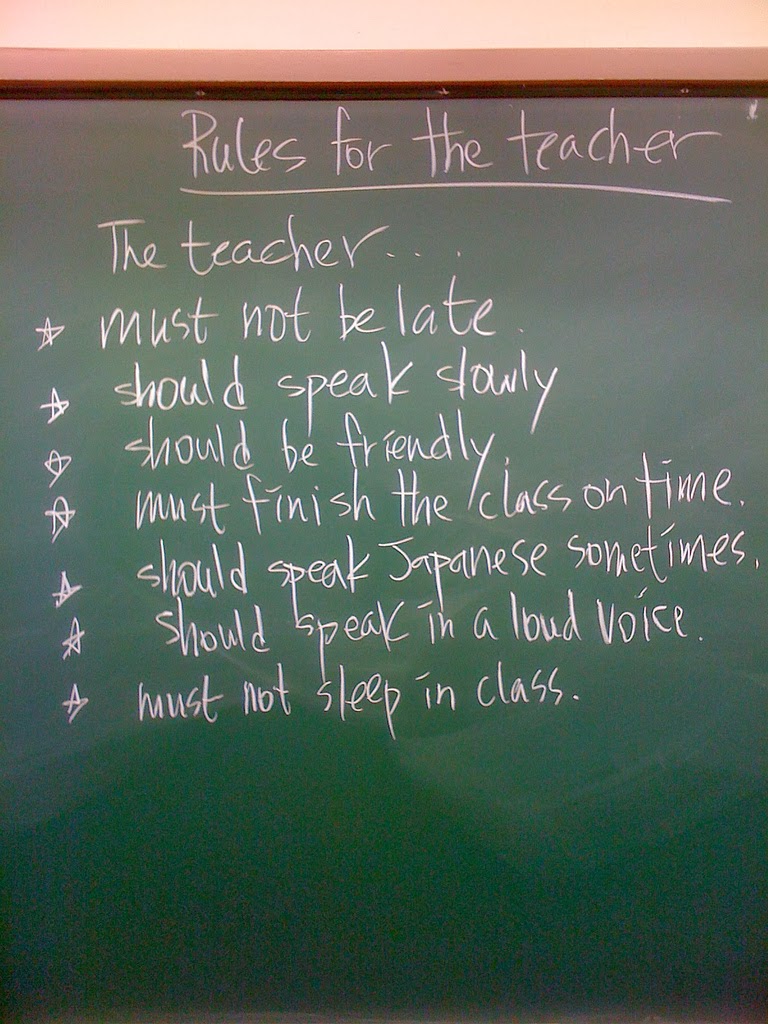Children and teens often get confused about the different groups of people mentioned in the New Testament. It doesn’t help that many adults are confused, too. While it may seem unimportant for them to know, those groups have parallels in today’s religious world as well. Better understanding the groups and examining how Jesus interacted with them may give young Bible students clues about how to function in our world.
Here is a breakdown of some of the groups:
- Sadducees. The Sadducees were the priests, the aristocrats and the merchants in the time of Jesus. They were the wealthiest “acceptable” Jews (as opposed to tax collectors). They were extremely Hellenized, which means they preferred the Greco Roman culture over the Jewish culture in many ways. In fact, they enjoyed fairly good relations with Roman rulers. The priests, by the time of Jesus, were often extremely corrupt. They had (not surprisingly) rejected the teachings of the Prophets and focused only on the Torah. They did not believe in eternity, Heaven and Hell, which was considered heresy by the Pharisees. Jesus did not seem to argue with and teach this group as much, perhaps because he could see they had already rejected much of what God had told them.
- Pharisees. The Pharisees have gotten an unnecessarily bad reputation today. Jesus spent so much time correcting them, because they had the most potential to ultimately obey him. Some, like Nicodemus and Paul, eventually did. Pharisees were Hasidim, an ultra conservative Jewish sect that still exists. They were almost obsessed with studying and obeying the Law. Their heart’s desire was to obey God perfectly, but in their overzealousness, they at times over reached. Jesus’ teachings were actually closest to those of the Pharisees. He made some necessary corrections and was also concerned that the Pharisees were often forgetting to live what they were teaching.
- Zealots. The Zealots were the “fighters” in Jewish society. They believed a revolution was needed to overthrow the Romans and were not afraid to use violence to accomplish their goals. One of the Apostles, Simon (the other Simon) was a zealot. Zealots were actually part of the Pharisees, albeit a small part.
- Essenes. Essenes are not mentioned by name in the Bible. Because they existed at the time and produced the much discussed Dead Sea Scrolls, it can be helpful for your students to understand them. Essenes interpreted Isaiah chapters 40-55 to mean that they needed to literally separate themselves from the rest of society and live in isolation in the wilderness. They did this in hopes of becoming the surviving remnant. While John the Baptist in many ways lived like an Essene, it is not believed he actually was one.
- Scribes. Scribes were responsible for knowing the Law and writing legal documents. They were one of the more well educated groups during the time of Jesus. The term “lawyer” in the New Testament was most likely referring to the Scribes. They were known for their accuracy in copying important documents like scripture. They were considered their own separate group, although some were Pharisees as well.
To make it even easier, once you’ve explained the groups thoroughly try these:
- Sadducees. Hellenism.
- Pharisees. Strict obedience to Torah.
- Zealots. Revolt.
- Essenes. Escapism.
- Scribes. Copiers and lawyers.
Taking the time to help your students understand the various groups in the Bible and find parallels in today’s world can help them better understand the various pitfalls Christians too can encounter. Using the information above can perhaps make it a little easier for them to understand and remember.





